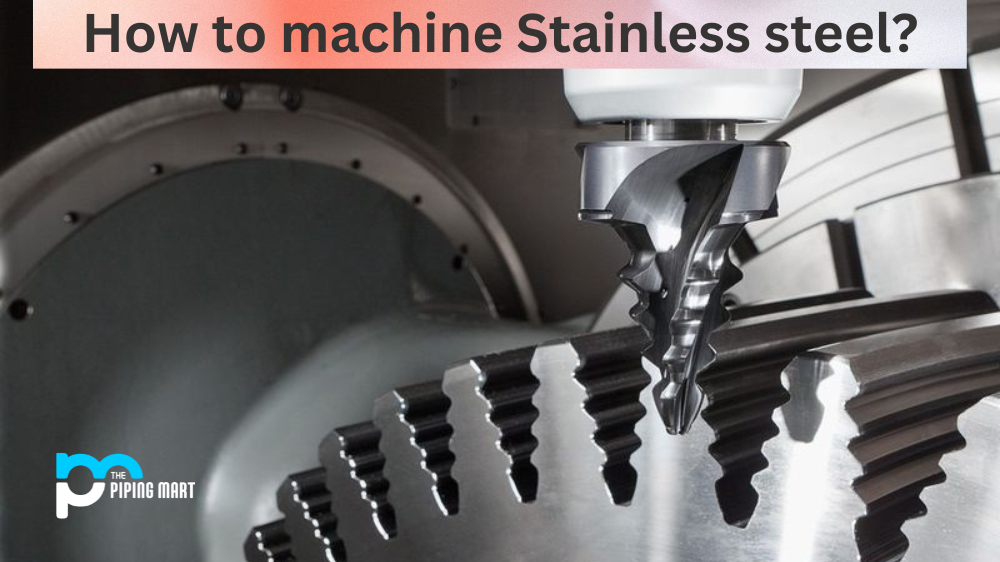For metal fabricators, stainless steel is one of the most versatile materials out there. Its strength, durability, and resilience make it ideal for a variety of applications. But before you start working with stainless steel, it’s important to understand the basics of machining this material. Let’s take a look at some tips for machining stainless steel.
Machining Processes
When machining stainless steel, it’s important to use the right process for the task at hand. Some processes are better suited for certain tasks than others. Here are some common machining processes used in metal fabrication that work well with stainless steel: milling, drilling, tapping, boring, reaming, sawing and grinding.
Tool Selection
When machining stainless steel, tool selection is key. It’s important to select tools that are specifically designed for machining this type of material. High-speed steels (HSS) are often used when machining stainless steel as they can hold up against the heat generated during the process. Additionally, coated carbide tools are also effective at cutting stainless steel and can increase the life of your tools significantly. Be sure to keep your tools sharp; dull tools will cause more friction while cutting and may cause damage to your project.
Coolant Usage
When working with stainless steel, it’s important to use coolants as this will help reduce tool wear as well as improve cutting performance. Coolants also help increase tool life by reducing heat buildup on cutting edges which can cause them to wear down faster than usual. Water-soluble oils or semi-synthetic coolants are generally best for machining stainless steel but be sure to do your research on what types of coolants work best with your particular project before getting started!
Conclusion:
Machining stainless steel is an intricate process that requires knowledge and experience in order to get it right the first time around. That being said, understanding the basics—including which processes work best and what type of tooling should be used—can be incredibly helpful when getting started with any project involving this material! With these tips in mind, you should have no problem successfully machining Stainless Steel! Good luck!

Pipingmart is a B2B portal that specializes in metal, industrial and piping items. Additionally, we share the latest information and information about materials, products and various types of grades to assist businesses that are involved in this business.




